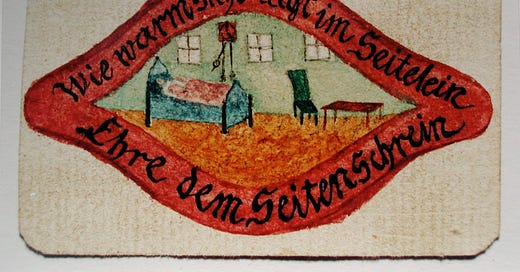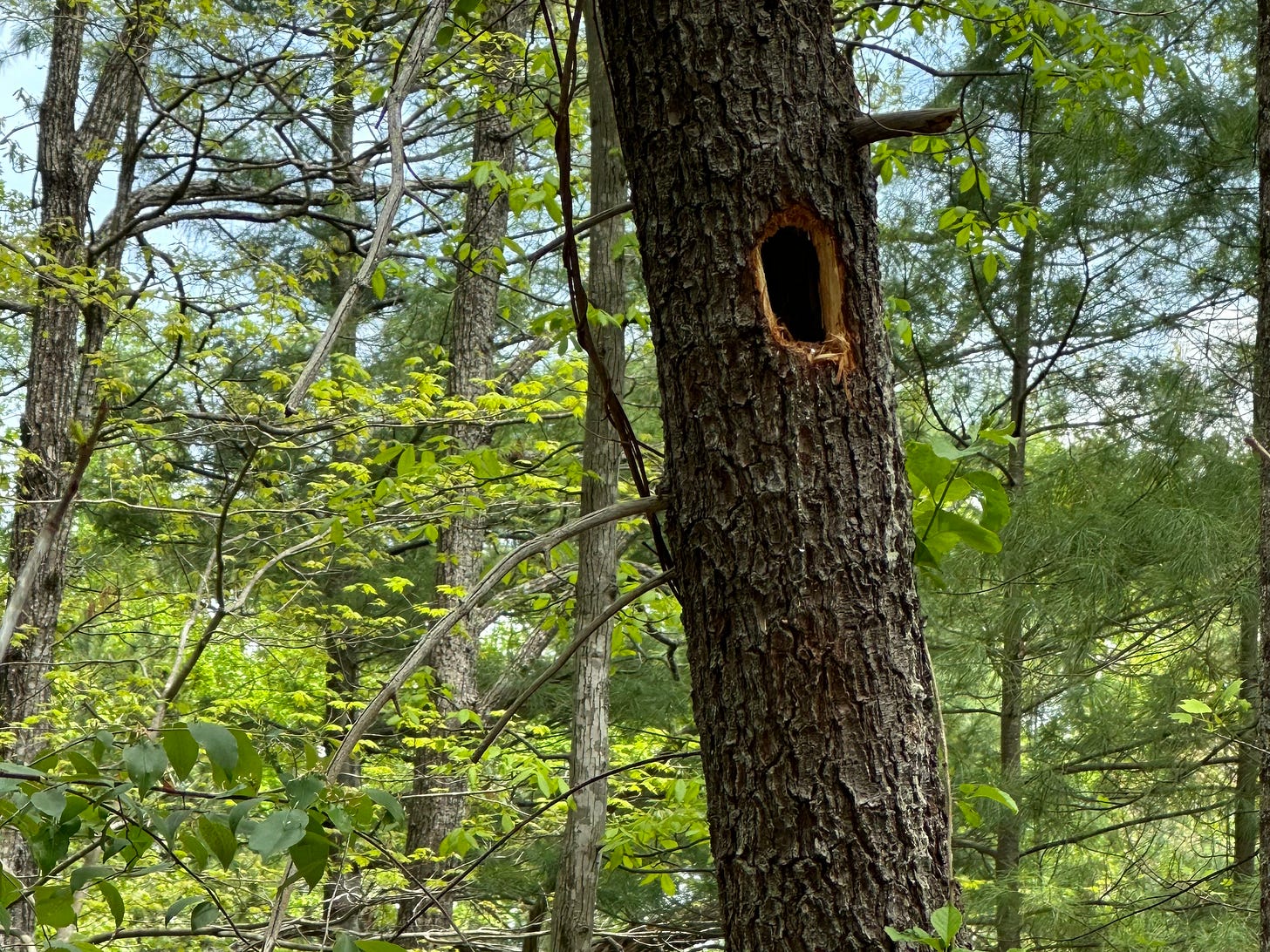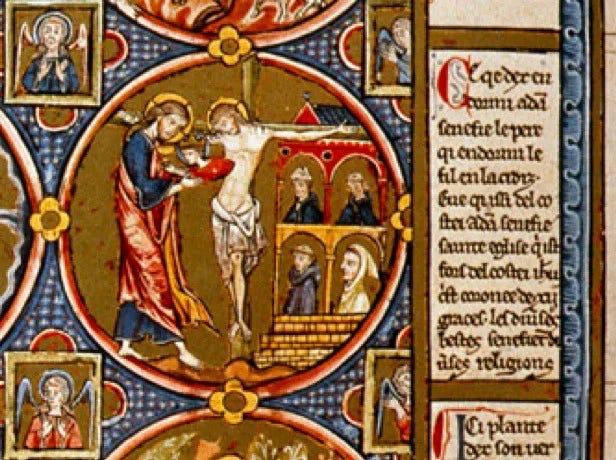One of the best things — maybe the best thing — about living in Asheville is that my house is a half mile from the Blue Ridge Parkway. I walk back a few neighborhood blocks and I’m in the woods, on a path that connects to the Mountains to Sea trail (and yes, I have seen bears on this trail, and in my backyard).
On my Sunday afternoon walk, I noticed this home high up in a tree: maybe four inches tall, square at the bottom, and slightly arched at the top, like Episcopal church doors. Half of all birds are cavity nesters — woodpeckers, owls, chickadees, nuthatches — and I don’t know who lives in this little home, but I’m curious. In a softwood tree like an Aspen, a woodpecker can make a home in two weeks. A hardwood softened by fungal disease works well, too. Woodpeckers move every year, so even if this cavity was created by a pileated woodpecker, it might now be home for a Carolina chickadee.
It’s a wound for the tree, though not a fatal one. It’s a wound that’s made easier in an already wounded tree. It’s a wound that is a home.
And I passed by it in between services in which I was preaching on John 20, when Jesus shows up for Thomas and says, reach out your hand and put it in my wound, and Thomas says, my lord and my God.
The wounds of Jesus were essential to the devotional practices of Moravian Christians in the 18th century. Their hymns begged “to dwell within thy wounds” and sometimes addressed the wounds directly: “Dearest Side-hole! I do covet thy warm Blood above all Things.”
Some Moravians created devotional “side-hole cards,” smaller than a business card, that depicted Jesus’ side wound, often with a domestic scene inside it. Text around the image might say “In the little side hole I sleep,” “There I have meals early and late,” “In the little hole I go for a walk,” “Deep Inside! Deep Inside! Deep inside the little side!” and “In the little side wound, trembling.”
And if that image and that language, deep and trembling, reminds you of something else, well, yes —
the Moravians were not the first Christians to contemplate the wound of Christ devotionally and in art; in fact, the longer artistic tradition images the side wound of Christ not as a home but as a vagina, the place from which the church was birthed. (There is a long history of Christian devotional practice that sees the body of Christ as both male and female; Melissa Florer Bixler wrote a primer last week that is worth checking out if this idea is new to you.)
For the birds, I imagine, those wounded trees are both: dwelling places, and places where new life can gestate and come forth.
For us, maybe dwelling in the wounds of Christ helps us begin to understand our connectedness, our dependence, the goodness of vulnerability — helps us begin to understand that sharing our wounds instead of hiding them can make our bodies into homes for each other.

Three Things:
For more on the art of Jesus’ wounds, check out Our Sweet, Travailing Mother Christ by Victoria Emily Jones .
One of my favorite sermons of 2023 is this from Lauren Winner on Eve and the way that the wound of sin opened us up to each other and to a more perfect perfection.
And, for something completely different: for National Poetry Month, The FSG Poetry Hotline is open! Call 385-DIAL-FSG (385-342-5374) every weekday in April to hear a different poem read. (Do you remember when you could call a local number for time and temperature? This is even better.)







This was fascinating to me! I never knew there were any practices around the wounds of Christ. Thanks for sharing.
Love this…